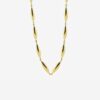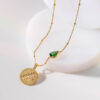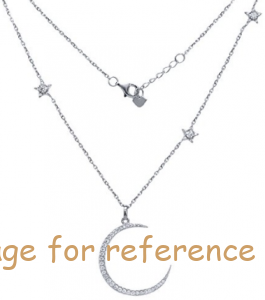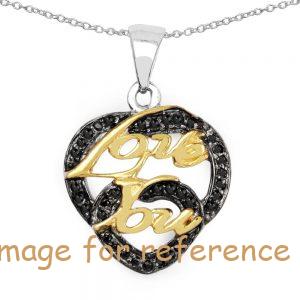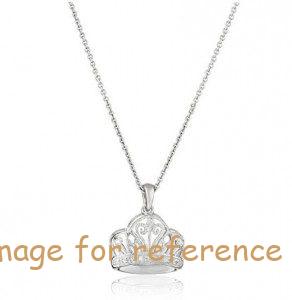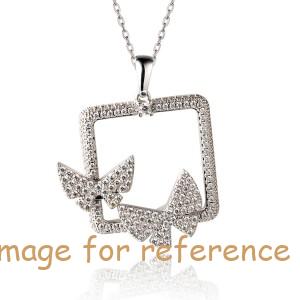Jingyingで高品質のピアスシルバーS925ジュエリーを生産します
OEM/ODMジュエリーメーカーのデザインカスタム独自のジュエリー
始めましょう : mo@kingjy.com
Jingyingで高品質のピアスシルバーS925ジュエリーを生産します
抽象的な
この論文では、高品質の S925 シルバー ピアス ジュエリーの製造に関わる重要な要素を調査します。. 材料選択を分析することにより, 設計哲学, 製造工程, および品質管理, 卓越したボディジュエリーを作成するために必要な特殊な技術を明らかにします。. 研究によると、次のことを厳守する必要があります。 925 銀の純度基準, 革新的なデザインアプローチ, 精密な職人技, 優れた製品の成果には、包括的な品質保証システムが不可欠です. この調査は、宝飾品メーカーに実用的な技術ガイダンスと業界の洞察を提供します。, S925ピアスジュエリーの市場競争力を強化.
キーワード: S925シルバージュエリー, ボディピアスジュエリー, 製造工程, 品質管理, ジュエリーデザイン, 925 銀の純度
導入
現代のジュエリー市場において, S925 シルバー ピアス ジュエリーは、その独特の芸術的価値と着用感により大きな人気を博しています。. 高品質のピアスジュエリーは、絶妙なデザインを示すだけでなく、厳しい材料基準と生体適合性の要件を満たさなければなりません. この論文では、素材の選択から完成品に至るまで、プレミアム S925 ピアス ジュエリーの製造プロセス全体を体系的に検証し、重要な技術的側面と品質保証方法に焦点を当てています。. 業界関係者にとって専門的な参考資料として役立ちます.
1. 材料の選択と準備
高品質のS925ピアスジュエリーの基礎は、細心の注意を払った素材選びにあります。. 925 銀, で構成される合金 92.5% 純銀と 7.5% 他の金属 (通常、銅), 国際的に認められたシルバージュエリーの標準です. この組成物は銀の望ましい特性を保持しながら耐久性を向上させます。. サプライヤーは銀の純度を以下の方法で厳密に検証する必要があります。 X線蛍光 (XRF) テスト の遵守を確実にするため、 92.5% 標準.
かつ, ピアスジュエリーが必要です 生体適合性材料 治癒中の傷に直接触れるため. ニッケルは厳密に避けなければなりません アレルギー誘発性があるため. その代わり, 低アレルギー性の代替品 金, 白金, またはロジウムメッキ 表面仕上げに好ましい. 宝石の設定 (使用されている場合) 次のような非刺激性の素材も使用する必要があります。 外科用グレードのチタンまたはニオブ 敏感な着用者向け.
2. デザイン哲学とイノベーション
高級ピアスジュエリーはバランスが大切 美学, 機能性, そして装着性. デザイナーは考慮する必要があります:
-
解剖学的フィット: さまざまなピアス位置に対応するジュエリー (耳, 鼻, へそ, 等) 特定の形状が必要です, ゲージ, 快適さを追求したウェイト.
-
掃除のしやすさ: 滑らかな表面と最小限の隙間により細菌の増殖を防ぎます。.
-
モジュール性: 交換可能なコンポーネントによりカスタマイズが可能, 消費者の魅力を高める.
鍵となるのはイノベーションです - からインスピレーションを得たデザイン 自然, 幾何学模様, または文化的なモチーフ 競争市場でブランドを差別化できる. ミニマリスト, 軽量設計 トレンドです, 繊細なエレガンスを求める消費者に応える.
3. 製造プロセスと技術
3.1 鋳造と成形
-
紛失したワックスキャスティング 複雑なデザインによく使用されます, 精度を確保します.
-
CNC加工 高精度部品に使用される可能性があります.
3.2 仕上げと研磨
-
手作業によるヤスリがけと研磨 研磨する前に欠陥を除去する.
-
多段階研磨 (粗い研磨剤から細かい研磨剤まで) を達成します ミラー仕上げ.
3.3 表面処理
-
電気めっき ロジウムまたはゴールドを使用すると、耐久性と美しさが向上します.
-
酸化処理 アンティークまたは黒ずんだ効果を作成する.
3.4 宝石設定 (該当する場合)
-
マイクロパヴェまたはベゼルの設定 鋭利なエッジのない石を固定する.
4. 品質管理とテスト
厳格な 品質管理システム すべての部品が業界基準を満たしていることを保証します:
-
材質検証 (銀の純度を調べる XRF 検査).
-
寸法精度チェック (ノギスとゲージを使って).
-
表面検査 (拡大して傷や欠陥を確認する).
-
生体適合性試験 (皮膚の炎症を防ぐために).
-
変色抵抗テスト (輝きが長続きするようにする).
それぞれの作品には次のようなプロセスが必要です 超音波洗浄と滅菌 梱包する前に.
5. 市場でのポジショニングとブランディング
高品質のS925ピアスジュエリーターゲット ファッションに敏感な消費者とプロのピアススタジオ. 効果的なブランディング戦略には次のものがあります。:
-
ストーリーテリング (職人技と倫理的な調達を強調する).
-
教育内容 (適切なアフターケアの指示).
-
ピアスアーティストとのコラボレーション 信頼性を築くために.
電子商取引プラットフォームが提供する必要があるのは、 詳しい商品説明, サイズガイド, そして高解像度の画像 購入者を支援するために.
6. 結論
プレミアム S925 ピアス ジュエリーの製造には、 冶金, デザイン, そして精密な製造. 厳格な材料基準を遵守することにより、, 革新的なデザインを採用, 徹底した品質管理を実施, メーカーは市場で強力な存在感を確立できる. 将来の進歩には以下が含まれる可能性があります 持続可能な銀の調達, スマートジュエリーの統合, 3D プリントされたカスタム デザイン, 次世代のボディジュエリーを形作る.
参照
-
スミス, j. 高度なシルバージュエリー製造. ジュエリープレス, 2021.
-
リー, h. “ボディジュエリーの生体適合性。” ジャーナル オブ ピアス アーツ, 2020.
-
ガルシア, M. 精密鋳造技術. メタルスミス出版, 2019.
-
ASTM B563 ジュエリー用パラジウム銀合金の標準仕様.
-
ISO 10993 医療機器の生物学的評価.
(注記: 参考文献は例示です; 実際の情報源で検証してください。)

